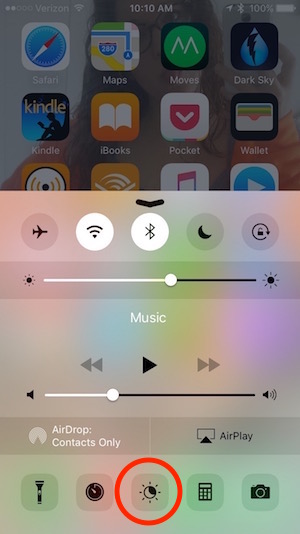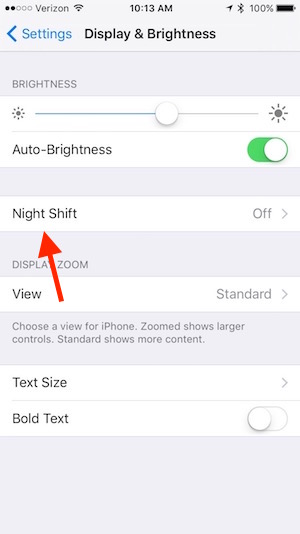According to a newly-published study, more than 50% of what Americans eat is ultra-processed.
Which is bad news, for a slew of reasons.
First, as I previously explained, ultra-processed food is missing all kinds of micro-nutrients, leaving you far less healthy than you would be if you ate the same foods in more natural states.
Second, ultra-processed food contains basically zero fiber.
For years, I (like most people) thought the point of fiber was that it makes you poop. Which it does. Indeed, sufficient fiber reduces the odds of constipation, lowers the risk of developing hemorrhoids and possibly (though by the science, somewhat unconvincingly) might help prevent colon cancer.
At the risk of over-sharing, however, I already poop like a pro. So I’d never really taken fiber that seriously.
Over the last few years, it’s become increasingly clear that fiber has another, even more important role.
Allow me to explain:
Your gut is full of bacteria. Lots and lots of bacteria. In fact, you have more bacteria in your gut than you have cells in the rest of your body.
But fret not, because those gut bacteria are working on your behalf. They take undigested fiber and convert it into important short-chain fatty acids like butyrates, propionates and acetates. And they synthesize important vitamins, like vitamin B and vitamin K.
Healthy gut bacteria has been linked to slowing cancer tumor formation, preventing obesity, and preventing Crohns, colitis and IBD. And new research is showing unhealthy gut bacteria is implicated in all kinds of autoimmune diseases, from Rheumatoid Arthritis to Type 1 Diabetes.
So, basically, you want those good gut bacteria going full-bore.
Mostly, they live way down at the bottom of your GI tract, in the colon. And because you’re so efficient at digesting, almost all of the nutrients you eat are absorbed well before they make it that far down the line.
But not dietary fiber. Fiber makes it to the colon. Which is good news, as it’s the preferred food of the intestinal bacteria.
But here’s the converse: if they aren’t getting enough of that fiber to keep them full and happy, the natives not only stop working for you, stop producing all these things you need, they also start getting restless. And they get hungry. And the underfed bacteria literally start to eat you, instead.
They start munching on mucin, the mucous barrier that lines your colon and separates all those bacteria from your immune cells. Most people don’t know it, but the gut also houses the largest collection of immune cells in your body. All of which are hanging out right by that giant collection of bacteria that they’re primed to kill, just safely separated by the mucin layer.
But when you don’t eat fiber, and your bacteria start eating the mucin, the immune cells are suddenly exposed to their nearby enemies for the first time. And, basically, they go nuts.
Immune cells are hugely effective – they kill bacterium, viruses and cancerous cells unbelievably effectively. But they also use some pretty heavy weaponry to do it. They generate hypochlorite (bleach) and hydrogen peroxide to use on the offense, much as you might use the same stuff to sterilize a toilet, kitchen counter or floor.
As you probably know from household use, those are pretty nasty chemicals. So their release not only kills the invading bacteria translocating from your gut, they also start causing all kinds of collateral damage.
Suddenly, you end up with serious systemic inflammation. Your body is getting hit with friendly fire, and hit hard.
Systemic inflammation is about the worst thing you can have going on in internally. It’s linked to cancer, heart disease, infections, Alzheimer’s, asthma, arthritis, diabetes, osteoporosis and more.
In other words, it sucks.
And you can bring it on yourself, by letting your gut bacteria go hungry. Conversely, you can get those bacteria working even harder on your behalf, by feeding them the fiber they need.
So eat unprocessed foods. Foods with fiber. Eat all kinds, because research is showing that different bacteria prefer fiber from different kinds of foods. In other words, you can’t just down some Metamucil and call it a day. Instead, you mostly need vegetables and fruits, a wide variety of them, at every meal.
Real food: it feeds you. And it feeds your intestinal friends. And when they’re happy, everybody’s happy.







